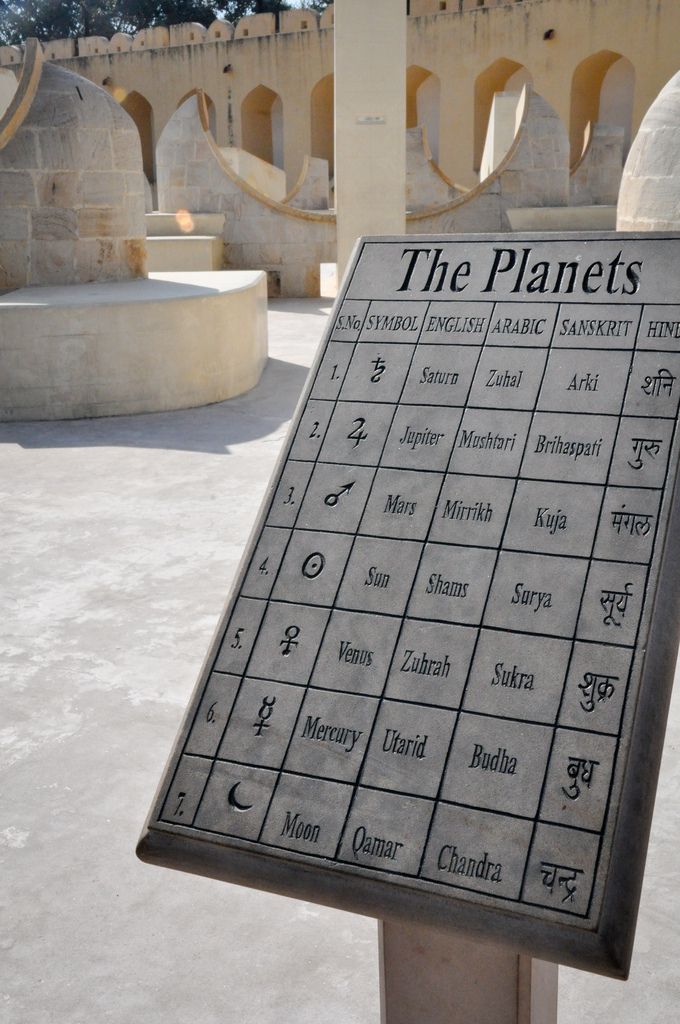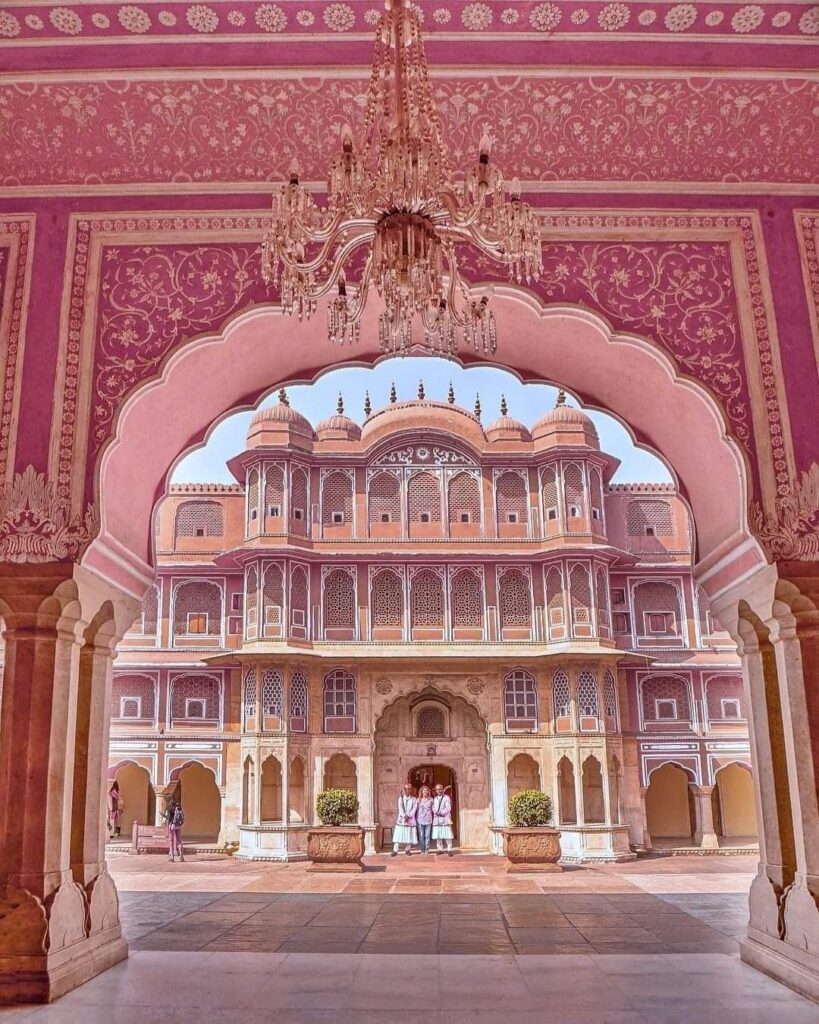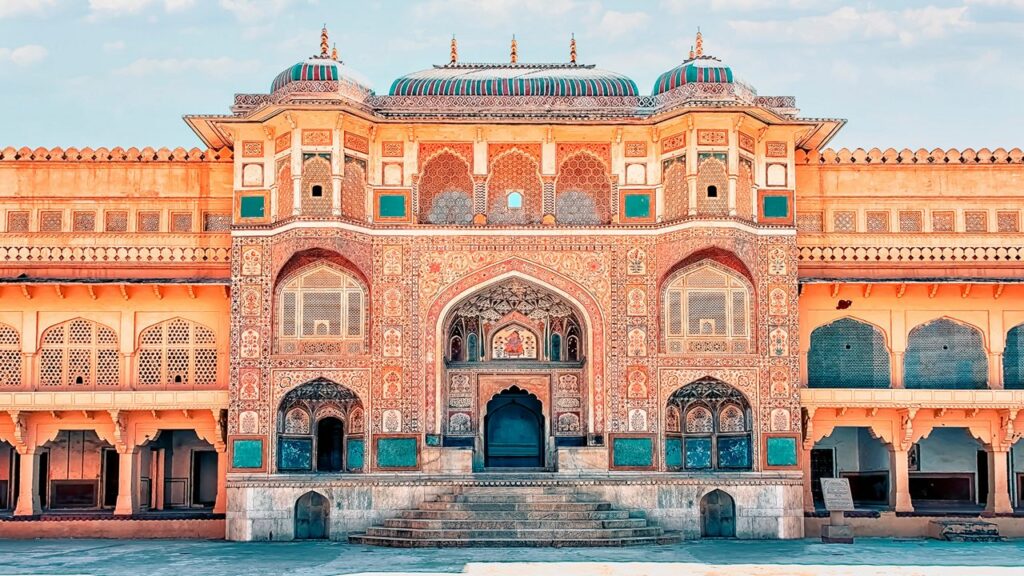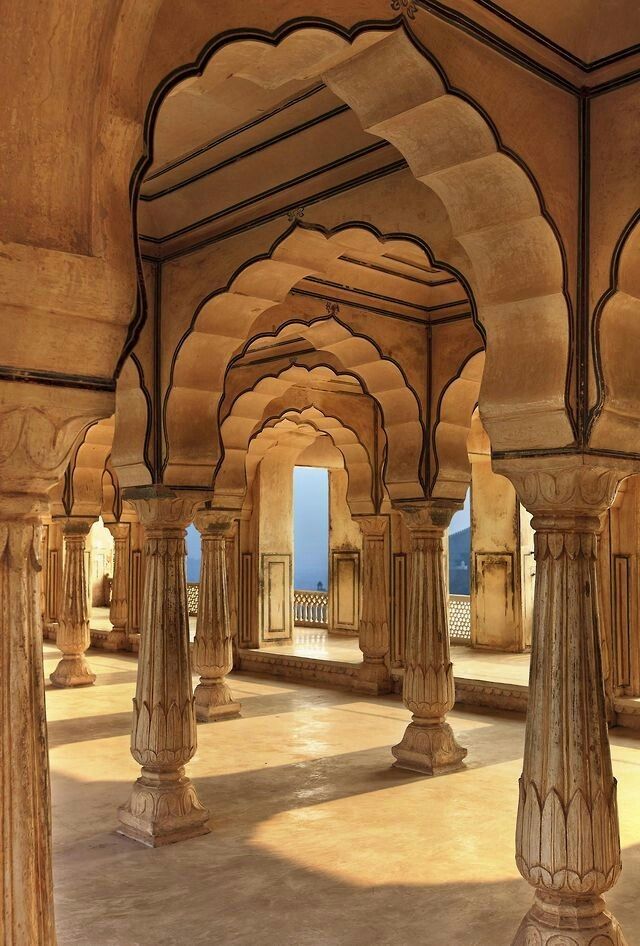Jaipur: The Pink City of India👀👇


Among the best places to visit in India, Jaipur tourism shines as a top choice for travelers. Known worldwide as the Pink City Jaipur, this iconic destination in Rajasthan travel is a captivating mix of heritage sites, royal palaces, cultural experiences, and vibrant bazaars.
Founded in 1727 by Maharaja Sawai Jai Singh II, Jaipur is admired for its architectural wonders and well-planned city design. From historic forts in Rajasthan to UNESCO World Heritage sites in Jaipur, the city reflects timeless beauty and grandeur. Whether you explore Amber Fort, Hawa Mahal, City Palace, or local Jaipur markets, every corner highlights why it’s among the most famous tourist destinations in India.
🕰️Historical Background(Best place for visit in India-Jaipur (Pink city)👀👇
Jaipur – The Planned Pink City of India
Maharaja Sawai Jai Singh II laid the foundation of Jaipur tourism when he decided to shift his capital from Amber Fort due to rising population and water limitations. He appointed architect Vidyadhar Bhattacharya to design the new city, combining his own deep interest in astronomy and architecture. Inspired by the Shilpa Shastra, an ancient Hindu architectural text, Jaipur became one of the earliest examples of planned cities in India.
In 1876, officials painted Jaipur in shades of pink to honor the visit of the Prince of Wales (later King Edward VII). Since then, the city has proudly carried the title of Pink City Jaipur, a name that continues to attract global travelers. Today, with its heritage sites, cultural attractions, and royal legacy, Jaipur stands as one of the most famous tourist destinations in India.
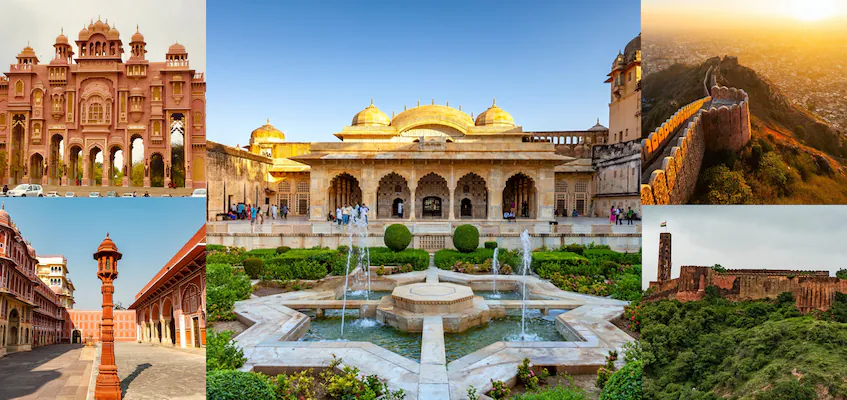
🏛️Architectural Marvels(Best place for visit in India-Jaipur (Pink city)👀👇
Jaipur’s Regal Architecture and Amber Fort
Travelers worldwide admire the regal architecture of Jaipur for its seamless fusion of Rajput, Mughal, and European styles. Intricately designed temples, sandstone forts, and royal palaces adorn the city’s skyline, making it a highlight of Jaipur tourism and a must-see in every Rajasthan travel itinerary.
Among the most iconic Jaipur attractions, the grand Amber Fort stands tall on a hilltop. Built with red sandstone and marble, this architectural marvel features breathtaking halls and chambers, including Sukh Niwas, Diwan-e-Khas, and the famous Sheesh Mahal (Hall of Mirrors). From the fort, travelers enjoy panoramic views of Maota Lake and the surrounding landscape, making Amber Fort one of the most famous tourist destinations in India.
👀👇
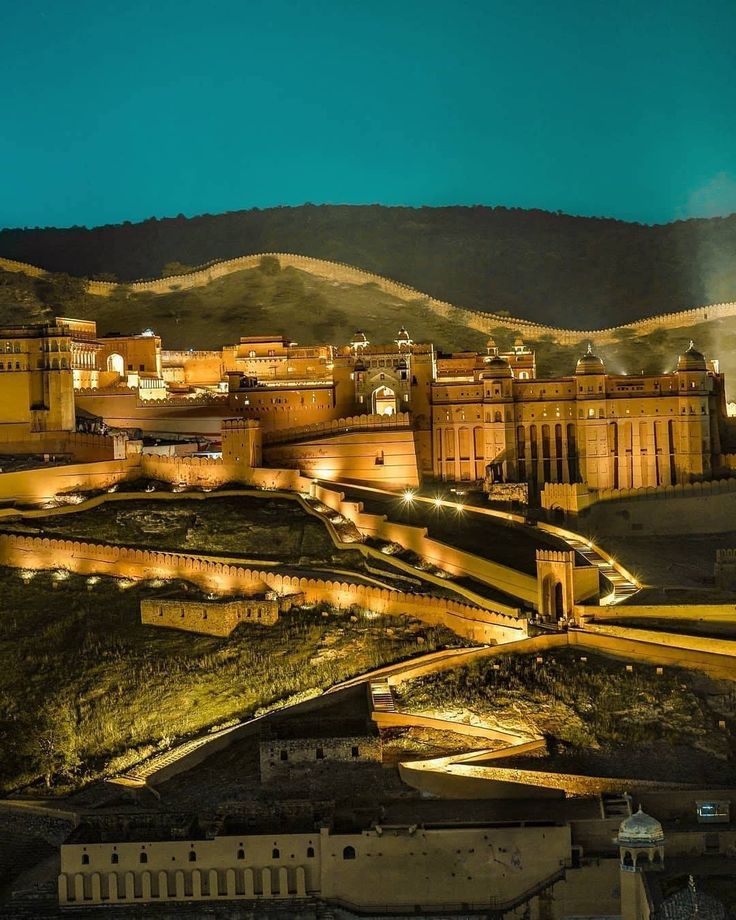
- In the heart of Jaipur sits the City Palace, which combines Mughal and Rajasthani architectural styles. It features courtyards, parks, and museums. The Chandra Mahal is still the residence of the royal family.👀👇
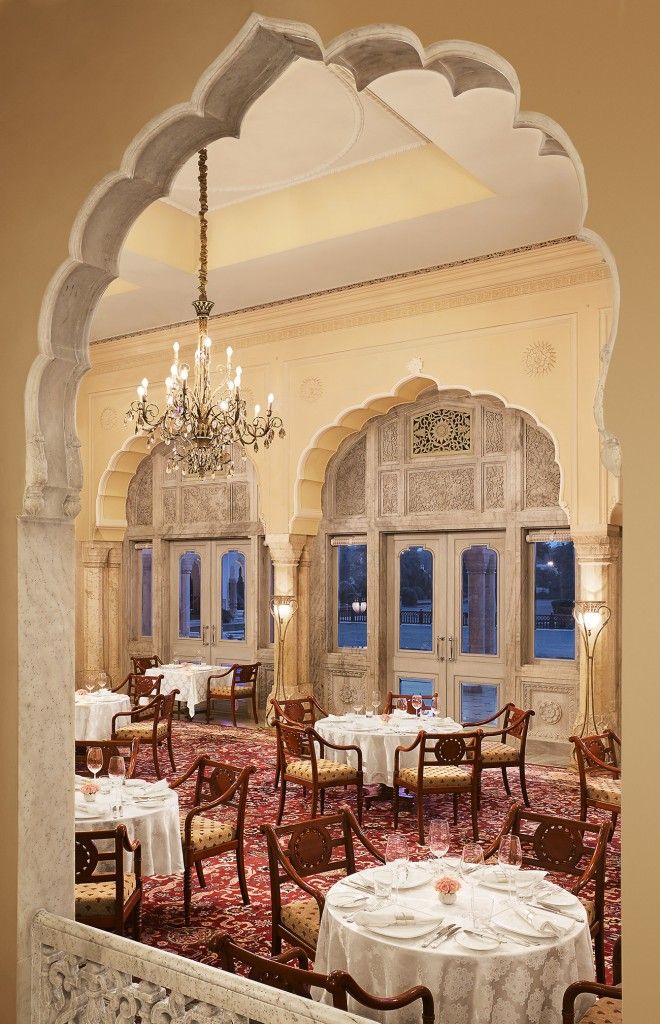
- Hawa Mahal (Palace of Winds): Perhaps Jaipur’s most famous monument is the Hawa Mahal, a five-story façade with 953 small windows (jharokhas) that allowed royal women to surreptitiously observe street celebrations. 👀👇
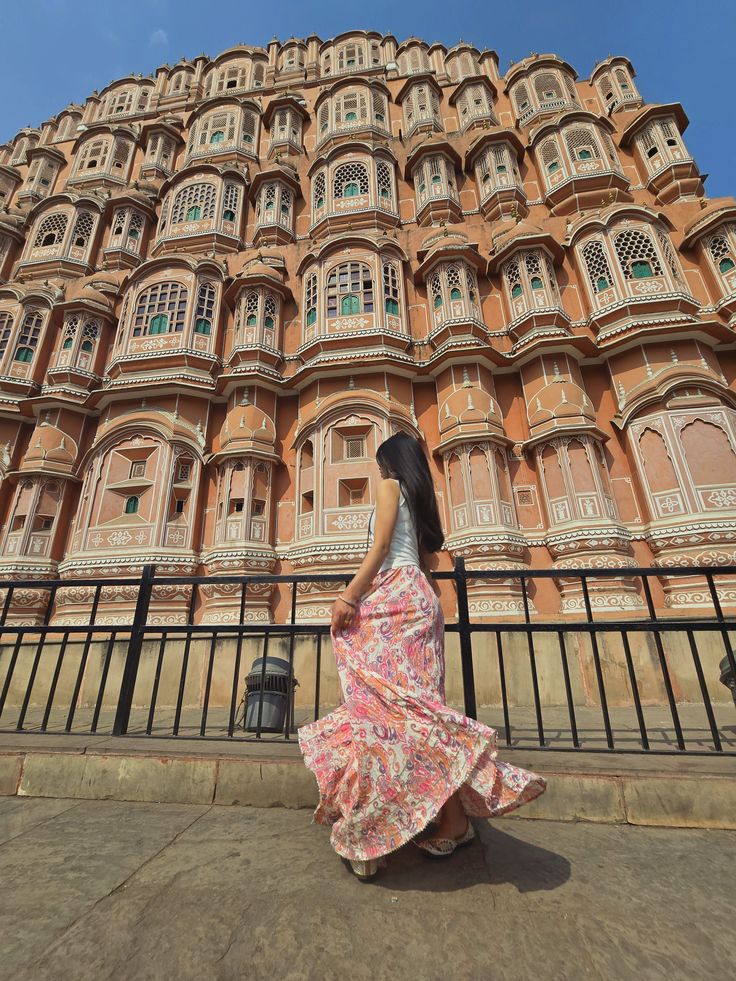

- The largest stone sundial in the world is located at Jantar Mantar, one of five observatories built by Jai Singh II that is recognized as a UNESCO World Heritage Site. His passion for astronomy and scientific concepts is evident.👀👇
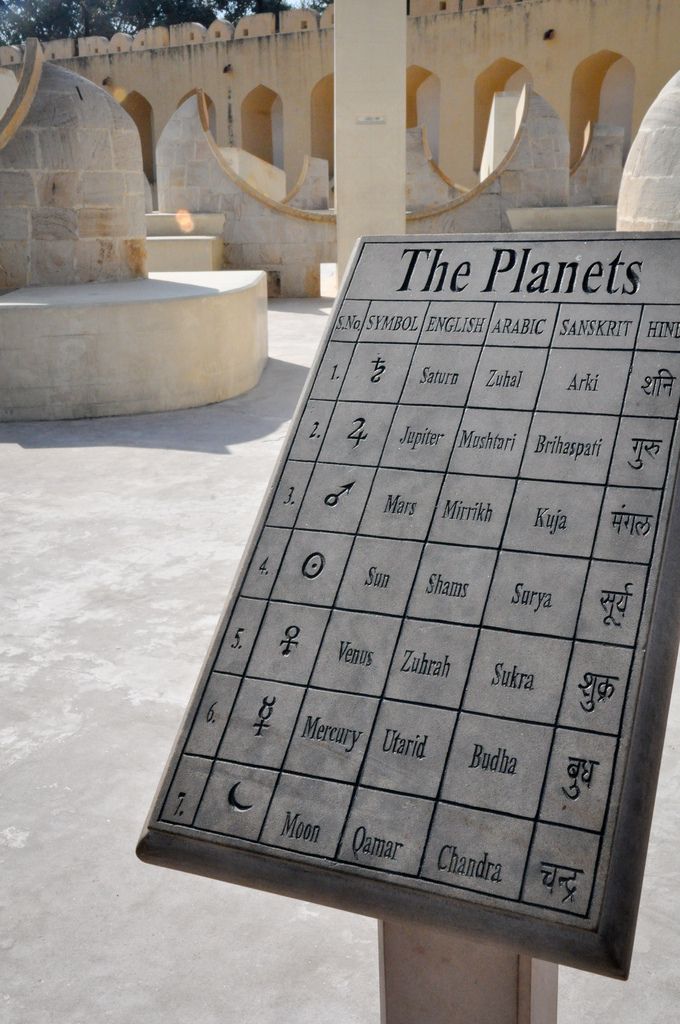
- The forts of Nahargarh and Jaigarh, which are located on the Aravalli hills, were formerly utilized as military strongholds. Jaigarh is home to Jaivana, the largest cannon on wheels in the world.👀👇
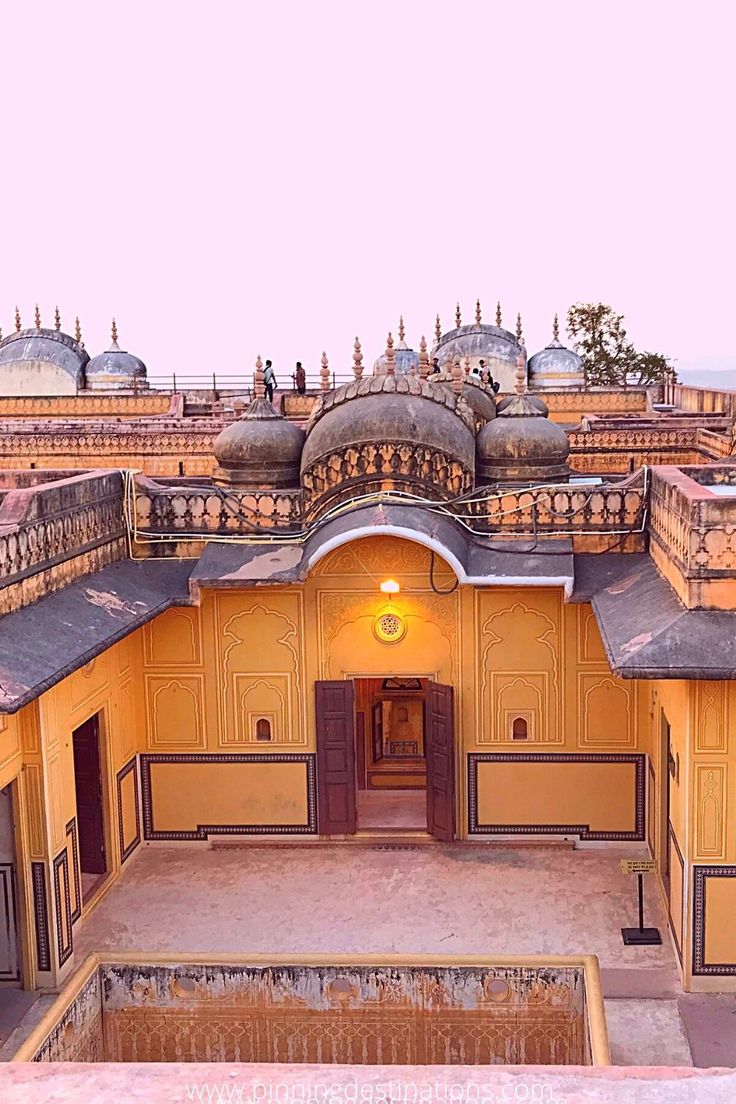
🛕
Traditions and Culture(Best place for visit in India-Jaipur (Pink city) 👀👇
Jaipur’s Cultural Heritage and Festivals
At the heart of Jaipur’s culture are the Rajputs, celebrated for their valor, courage, and patronage of the arts. Their legacy continues to shape the city’s traditions, festivals, and everyday life, making it a hub of Rajasthan cultural tourism.
The city hosts numerous events marked by grandeur and festivity. Among them, Teej Festival in Jaipur is especially popular. Celebrated with traditional songs, decorative swings, and vibrant attire, this monsoon festival brings together women in joyous celebration, adding to the charm of Jaipur tourism and highlighting its reputation as one of the most famous cultural destinations in India. 👀👇
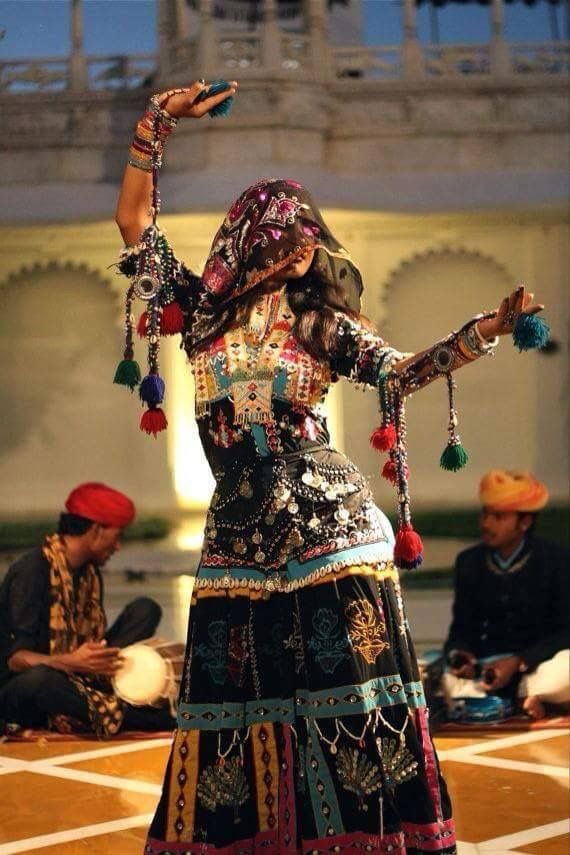

- Gangaur: Processions with beautifully decorated sculptures are a hallmark of this festival, which commemorates Goddess Parvati.👀👇
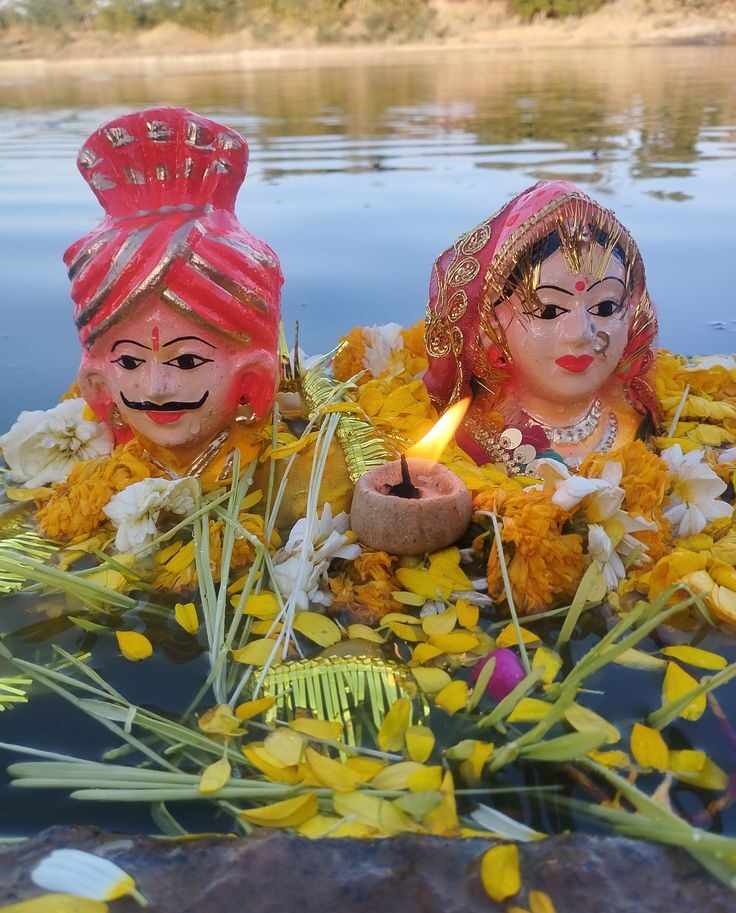
Kalbeliya and Ghoomar are two examples of the vibrant and colorful folk dances and music of Jaipur. Puppetry and traditional Rajasthani attire, which includes bandhani patterns and mirror work, are also integral components of the local identity.
🍽️Cuisine(Best place for visit in India-Jaipur (Pink city)👀👇
Jaipur’s mouthwatering cuisine reflects both its royal heritage and desert setting. The dishes are rich and spicy and often include lentils, milk, and ghee.
Dal Baati Churma is a classic Rajasthani dish made with baked wheat balls (baati), spicy lentils (dal), and sweet crushed wheat (churma). 👀👇
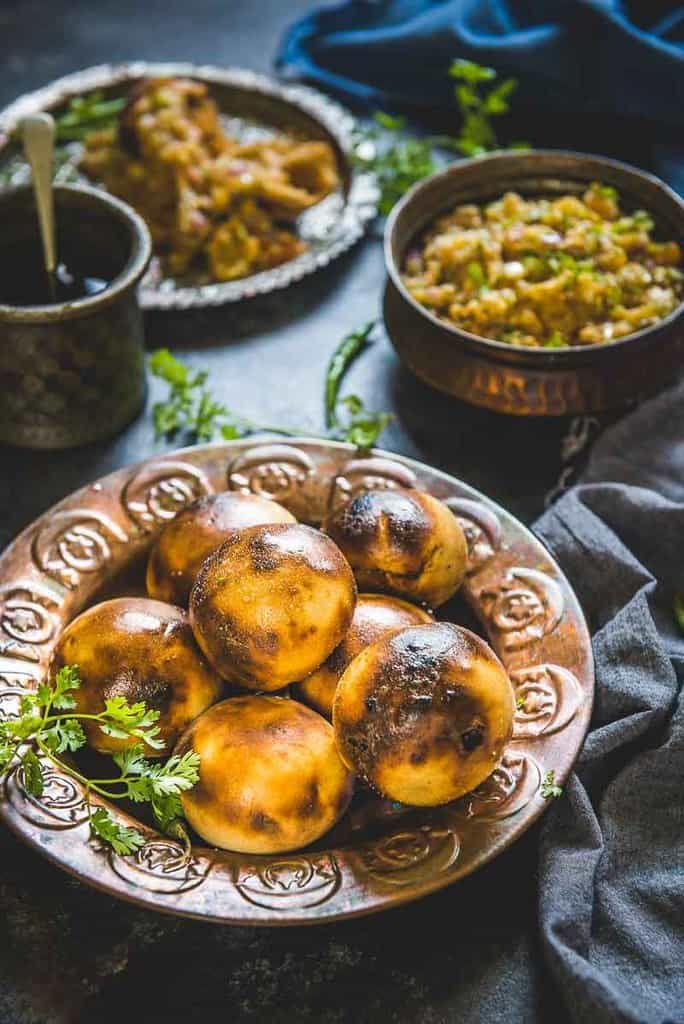
- Non-vegetarians like this fiery mutton meal made with red chilies, known as Laal Maas.👀👇
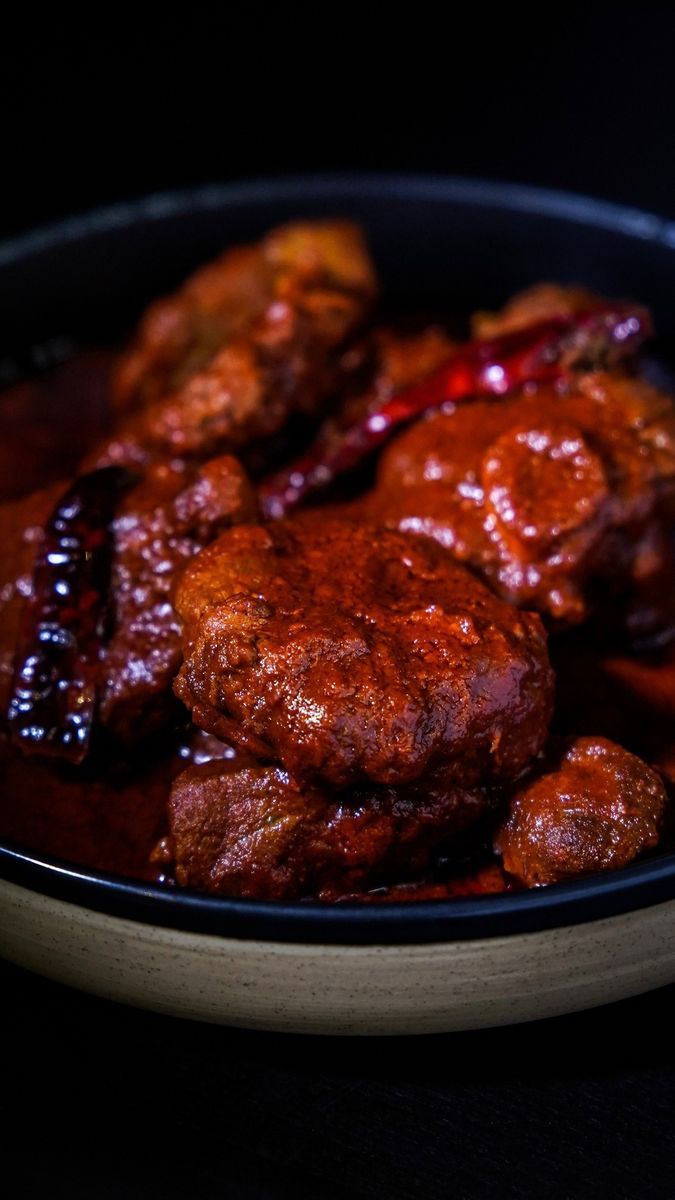

-
Ghewar: People prepare this disc-shaped sweet, soaked in sugar syrup, especially during festivals like Teej. 👀👇
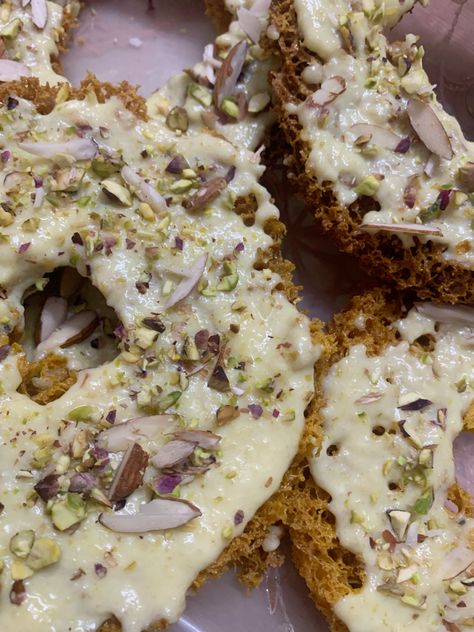

- Tamarind or mint chutney is often served alongside popular street foods including Kachori, Mirchi Bada, and Pyaaz Kachori.👀👇
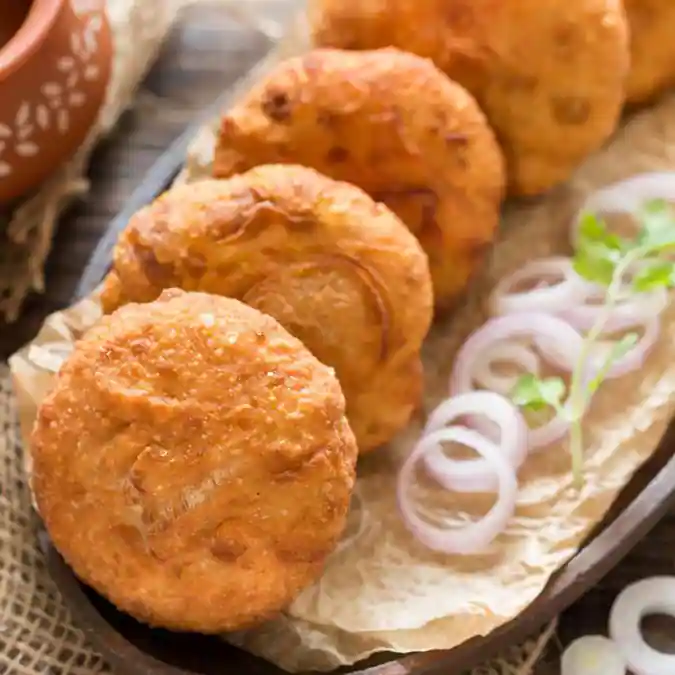
🛍️Markets and Handicrafts(Best place for visit in India-Jaipur (Pink city)👀👇
Jaipur is a shopping paradise, known for its rich handicrafts, textiles, jewelry, and traditional art forms. The city’s bazaars, including as Johari Bazaar, Bapu Bazaar, and Tripolia Bazaar, are teeming with the following:
- Gemstone jewelry and Kundan-Meenakari work👀👇
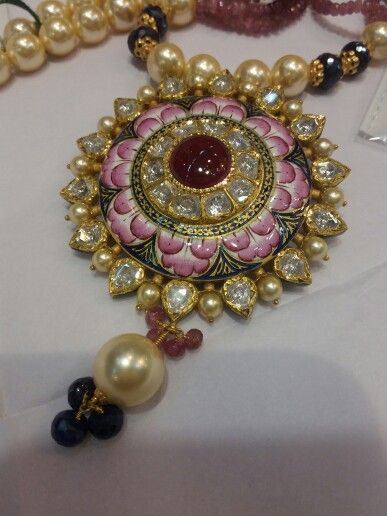
- Blue ceramics: Jaipur’s glazed ceramics have a distinctly Persian influence.👀👇
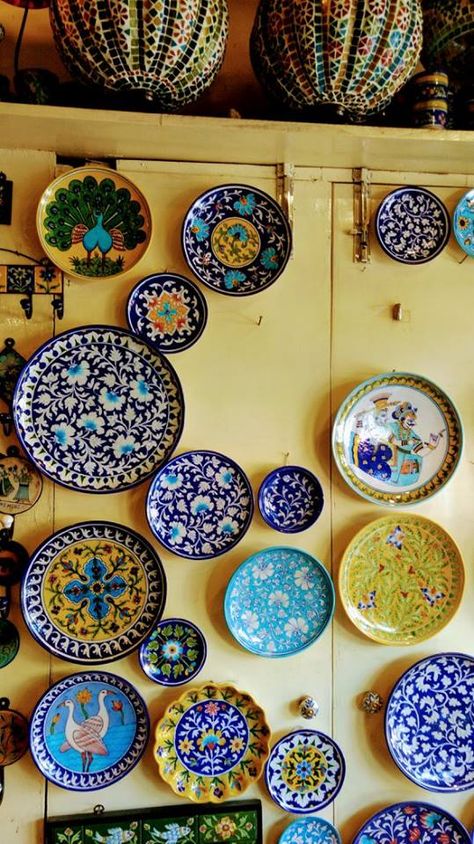
- Mojaris: Traditional leather footwear👀👇

- Lac bangles and hand-painted miniatures👀👇
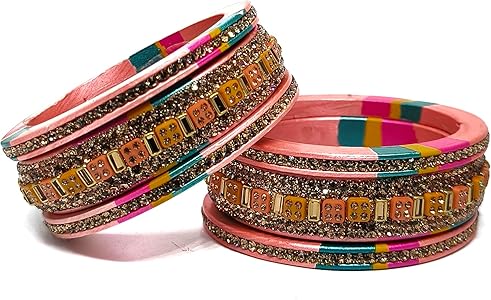
Blue ceramics: Jaipur embraced a unique glazed ceramics design influenced by Persian culture.👀👇
🏙️Modern Jaipur(Best place for visit in India-Jaipur (Pink city)👀👇
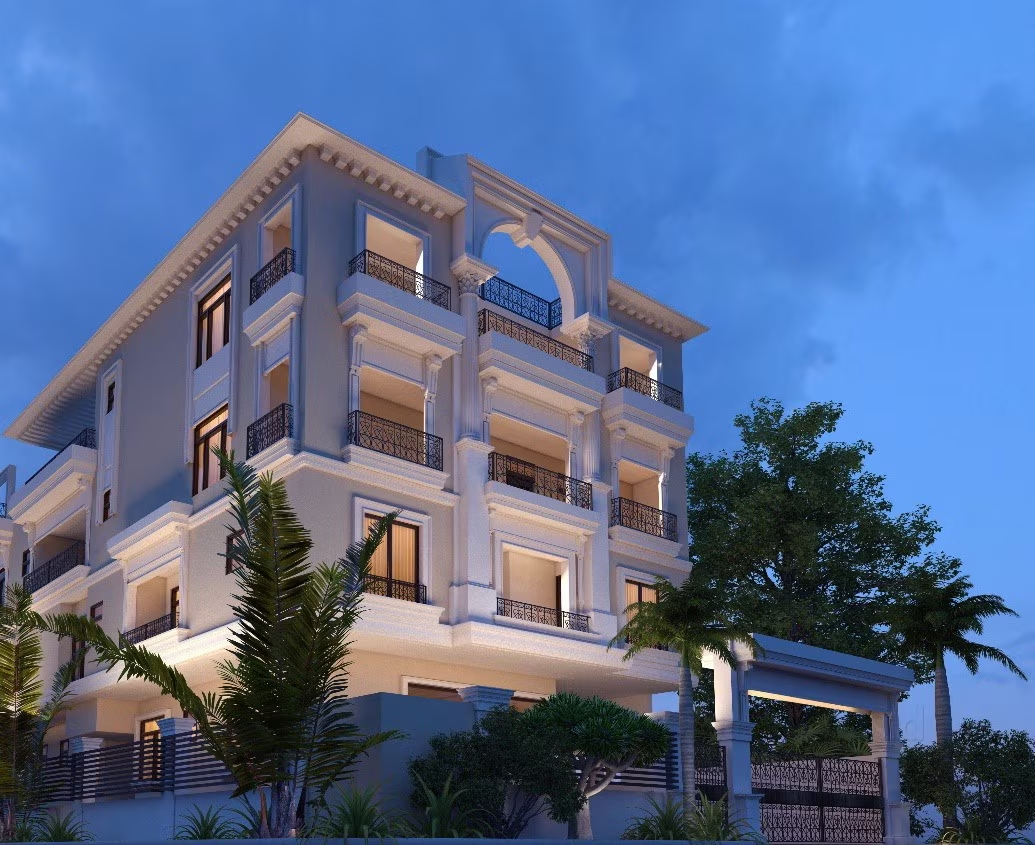
Despite its strong traditional roots, Jaipur has welcomed modernity. The city is one of the most popular tourist sites in India as it is a part of the Golden Triangle Tourist Circuit, which also includes Delhi and Agra. With organizations like MNIT and the Jaipur Development Authority leading smart city initiatives, it is also becoming into a center for education and technology.
Shopping centers, upscale dining establishments, art galleries, and five-star hotels are all features of contemporary Jaipur. The city nonetheless maintains its old-world beauty in spite of urbanization, and its residents take pride in preserving their traditions.
🌍Tourism and Accessibility(Best place for visit in India-Jaipur (Pink city)👀👇

Jaipur is conveniently reachable by road, train, and air. It is connected to several foreign locations as well as major Indian towns via the Jaipur foreign Airport. Additionally, the city has excellent road and rail connections, with upscale trains like the Palace on Wheels frequently stopping here.
Because of the beautiful weather, October through March is the ideal time of year to visit Jaipur. The majority of festivals and activities take place in the winter, providing a more comprehensive cultural experience.
♻️Sustainability and Challenges👀👇
Jaipur has urbanization-related issues such water scarcity, pollution, and traffic congestion, much like many other quickly expanding cities. Nonetheless, there are initiatives underway to conserve its architectural legacy and encourage eco-friendly travel. Monument protection, ecotourism, and history walks are examples of initiatives that represent a positive start.
✅Conclusion👀👇
Jaipur is a real, breathing museum of India’s regal history, not merely a city. Jaipur enthralls every visitor with its magnificent forts, vibrant bazaars, cultural celebrations, and friendly people. Every neighborhood has a tale to tell, heritage blends gracefully with contemporary life, and the past and present live side by side.
Jaipur has a lot to offer, regardless of your interests—history buffs, art collectors, foodies, or anybody looking for an experiential vacation.
📸Photo gallery👀👇
